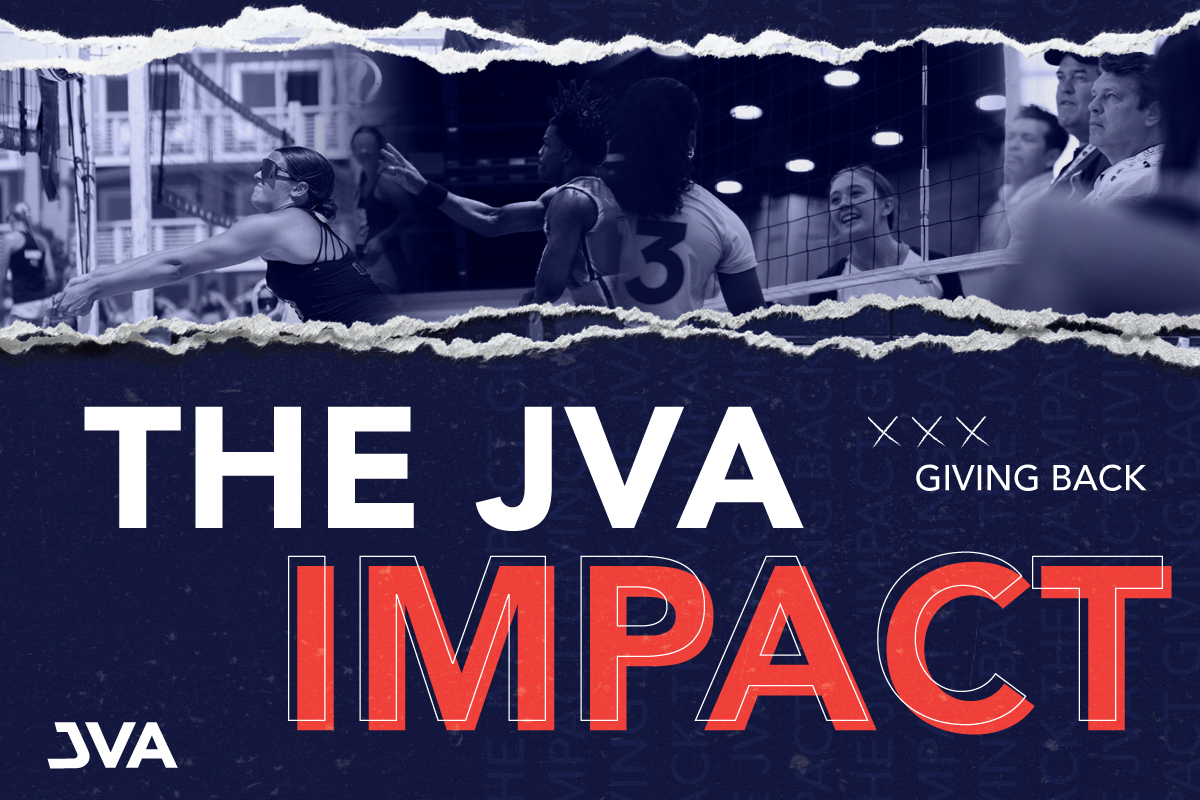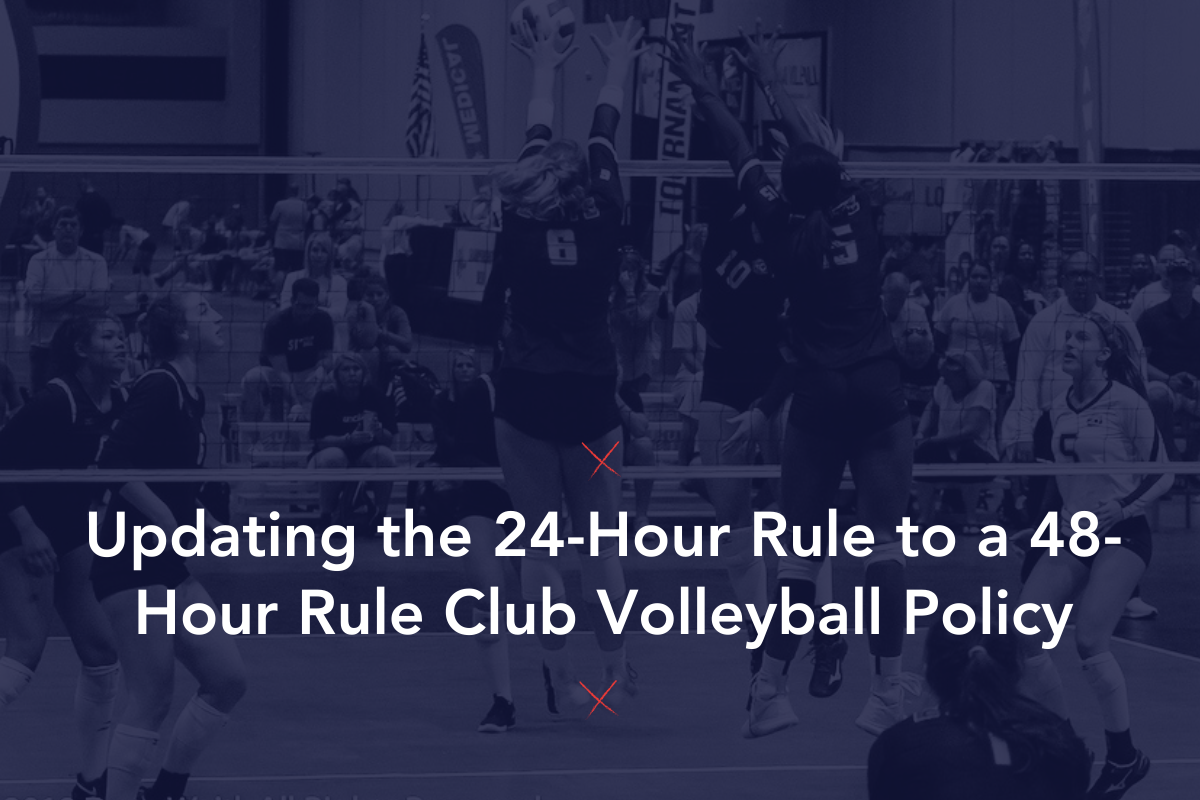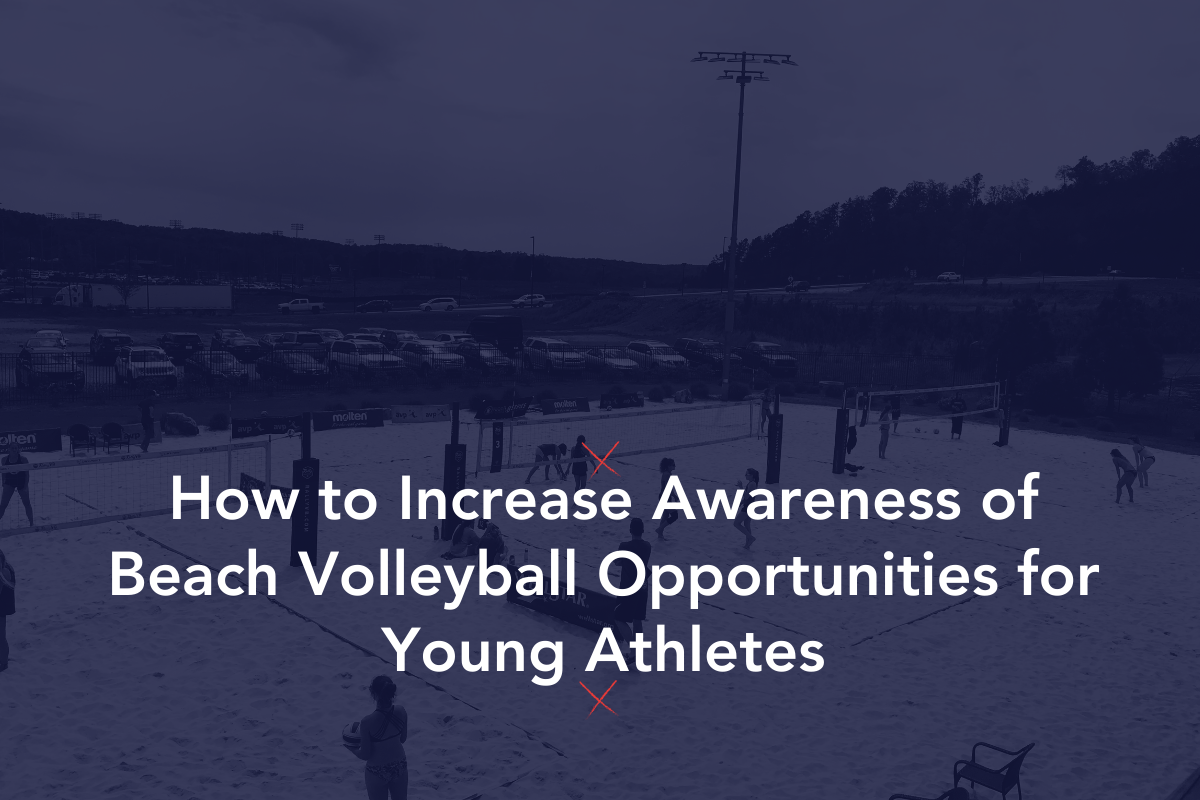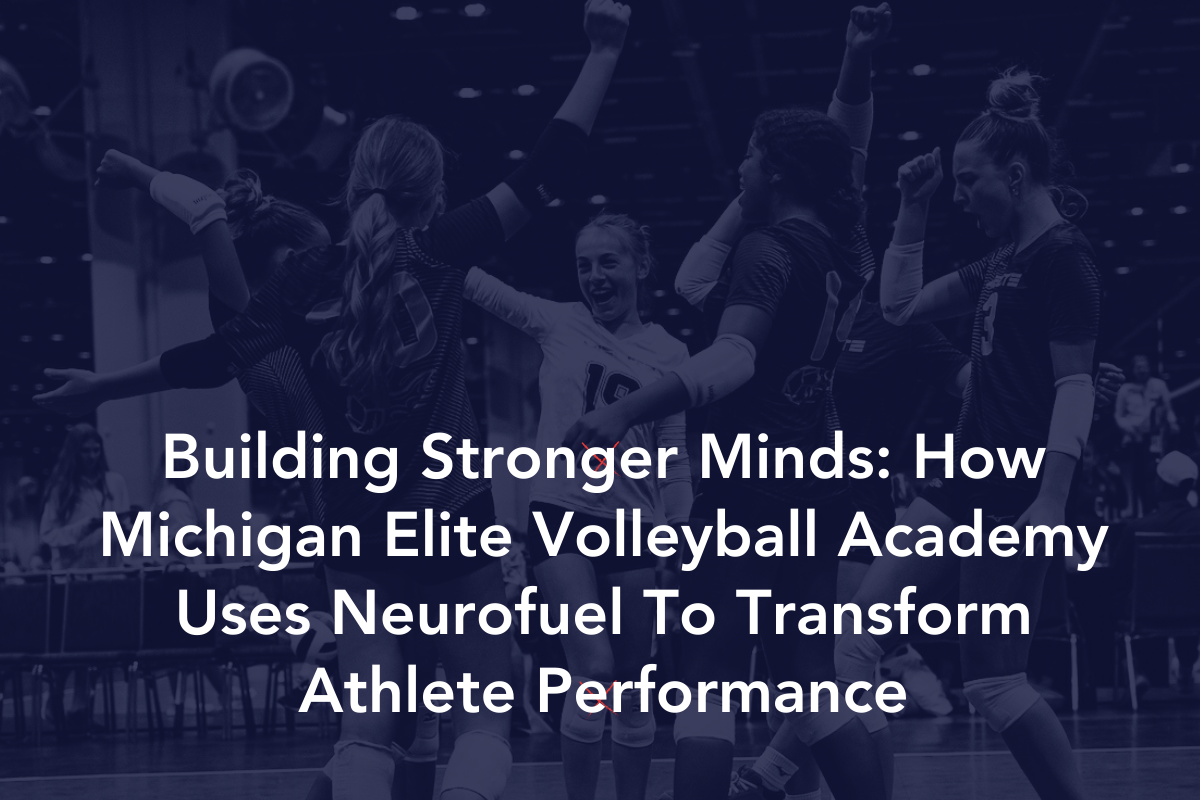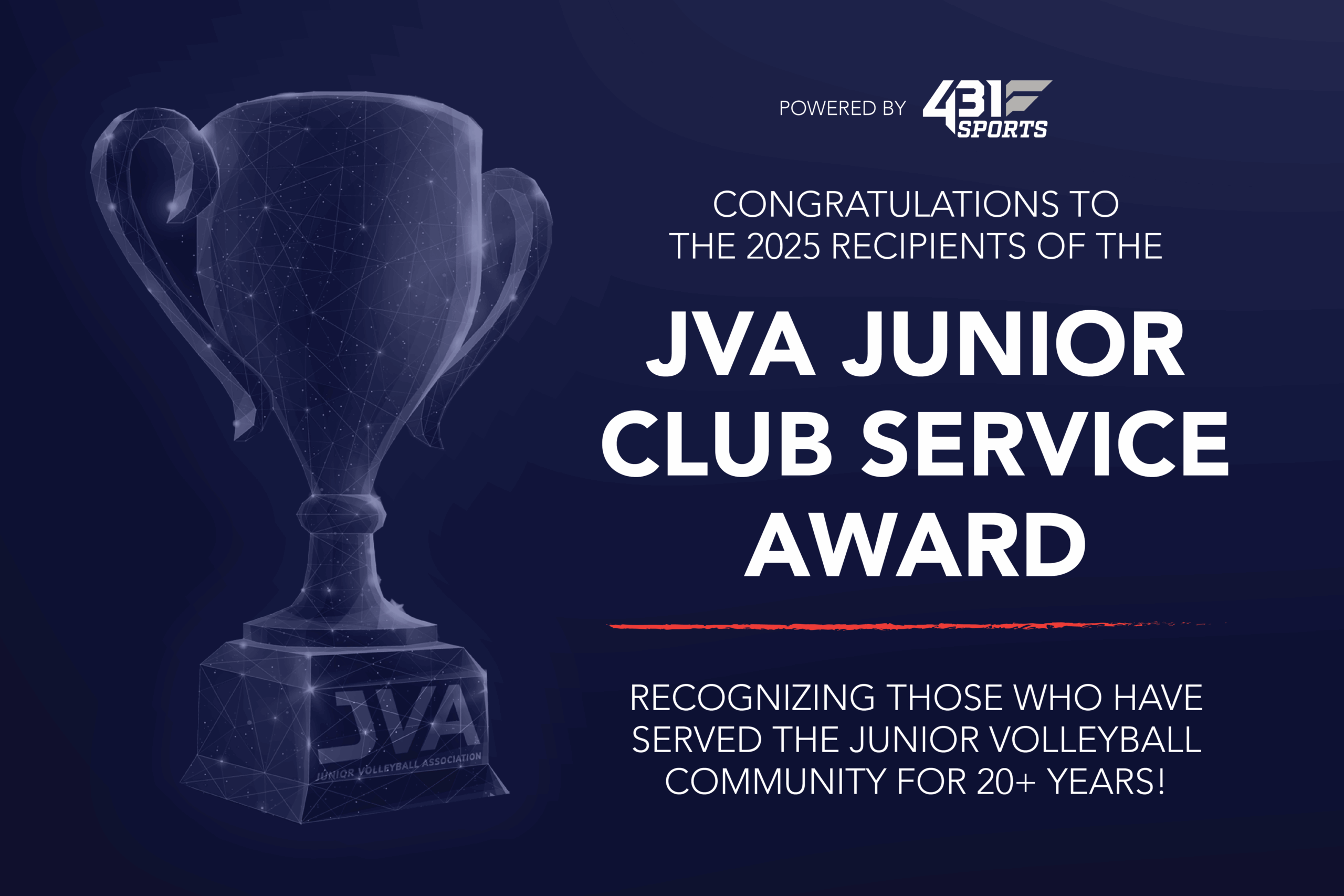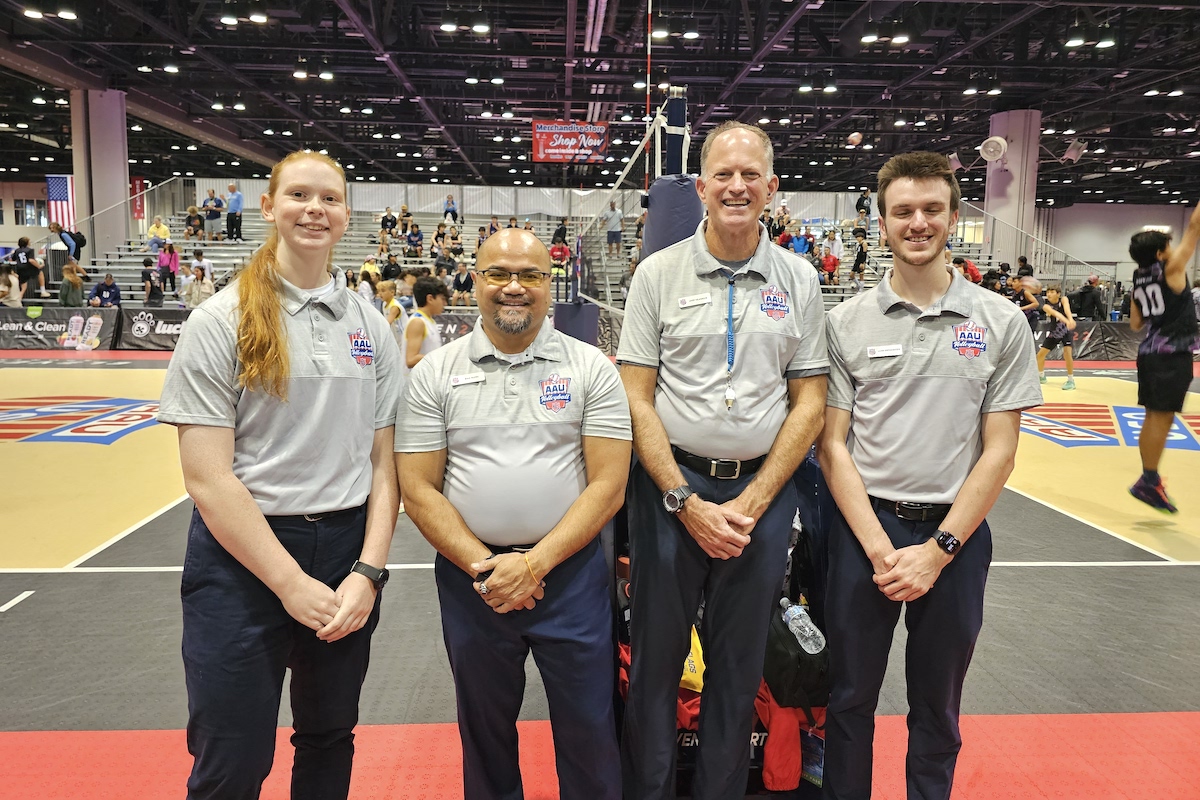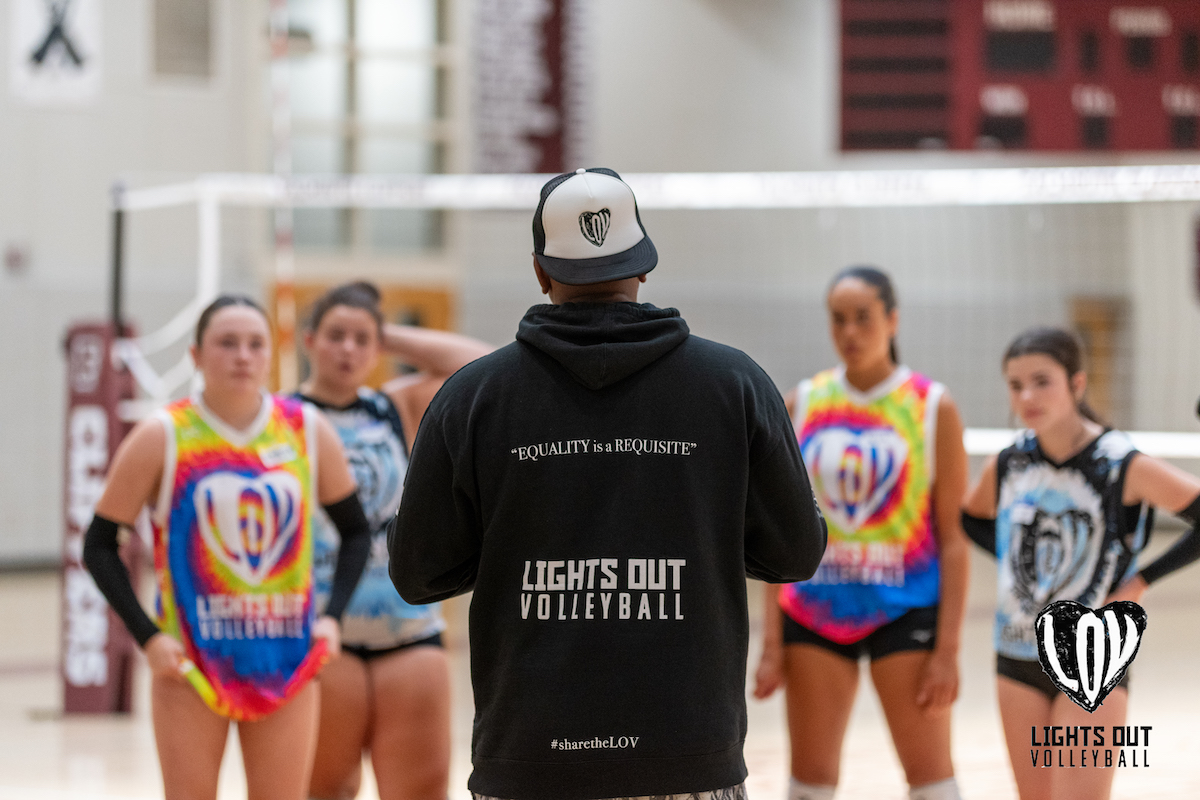One of the most important aspects of running a successful volleyball program at any level—especially in junior volleyball—is having clearly defined coaching roles during matches. When both the head coach and assistant coach understand their responsibilities, the team functions more efficiently, and players benefit from consistent communication and strategic feedback. In this article, Lexington United Co-Director and 16 Elite Head Coach Amy Barmore shares how her club’s coaching staff divides responsibilities on match day, with a focus on:
- in-game stat tracking
- using timeouts effectively
- constant communication between points
- implementing blocking schemes in real-time.
Here are the Responsibilities of the Head Coach and Assistant Coach
Head Coach:
- In-game strategy and adjustments
- Rotation-specific planning
- Blocking schemes and real-time decision-making
- Leading timeouts and between-point discussions
Assistant Coach:
- Stat tracking for strategic use (not performance stats)
- Recording set tendencies by rotation and system (in/out of system)
- Helping inform blocking and defensive decisions with stat trends
Blocking Schemes and How They’re Used in Rotation Strategy
Stack Blocking
- Used when the middle isn’t a back-row threat or when serving short to take out the middle
- Employed to double up on strong outsides or rights
Bunch Blocking
- Used when anticipating a middle set or when defenders don’t need to cover the full pin
- Allows pin blockers to support on quick middle attacks
Commit Blocking
- Used when there’s a clear offensive target (e.g., a strong outside)
- Involves shifting the middle to fully commit to one hitter, leaving others one-on-one if needed
Stat Tracking and Its Strategic Impact
- Focuses on team tendencies by rotation rather than player-specific stats
- Charting who gets set and what type of set is used (in system vs. out of system)
- Provides critical real-time feedback to inform blocking and defensive schemes
Timeout and Between-Point Communication
- Timeouts used for strategy, not emotion or motivation
- Even under pressure, the conversation stays focused on adjustments
- Coaches continuously communicate with blockers and defenders between points
- Players are also expected to contribute to the flow of information
- Defense gives feedback to hitters on shot selection
- Blockers share insights on hitters’ tendencies
Collaborative Strategy: Coaches and Players Working as One
- Coaches provide structure and direction
- Players contribute on-court observations to improve strategy execution
- The strategic focus helps players stay mentally engaged and less focused on individual performance anxieties
Effective match coaching is about more than calling plays and reacting to the score—it’s about creating a clear system of communication and responsibility between coaches and players. By dividing duties between the head and assistant coach, you can ensure that every moment of the match is covered with intention and focus. Lexington United’ strategic blocking schemes, timeout conversations, and stat-based decisions all serve one purpose: to create a fluid, informed team that plays with confidence. Whether you’re a coach working with a new assistant or looking to refine your match-day systems, clarity in roles is key to keeping your team sharp, cohesive, and competitive.
View more volleyball coaching education. View volleyball game management education.
About the Author
Amy Barmore is the Co-Club Director at Lexington United and the Head Volleyball Coach at Transylvania University. Lexington United is a member of the Junior Volleyball Association, a nonprofit organization committed to enhancing the junior volleyball experience for club directors, coaches, players, and fans.



